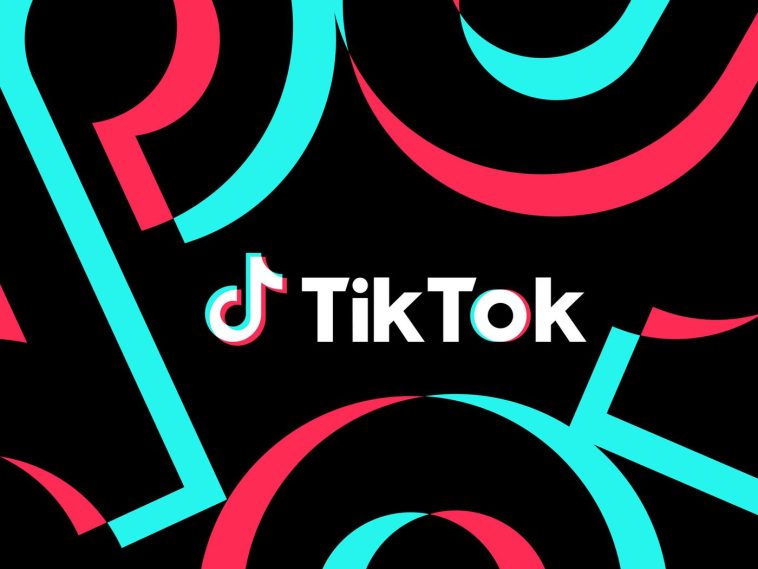Introduction.
TikTok has changed how people create and consume content. Short, creative videos now dominate social media, making TikTok one of the most popular platforms in the world.
But with its massive success comes a question many creators are asking: can the videos you post on TikTok also make you money on YouTube?
This question matters because creators often juggle multiple platforms to reach new audiences and maximize earnings. Understanding the ins and outs of using your TikTok content on YouTube could be a game-changer.
In this blog, I’ll break it all down for you. I’ll cover the rules for monetization, how to repurpose content without breaking any guidelines, and some tips to make the most of both platforms.
Let’s dive into how you can leverage your TikTok videos on YouTube while staying within the rules.
The Basics of Monetization on YouTube
YouTube monetization relies heavily on ads, and for that, you need to meet certain criteria. If you’re not familiar with YouTube’s Partner Program (YPP), here’s a quick summary:
- 1,000 Subscribers: You need at least 1,000 people subscribed to your channel.
- 4,000 Watch Hours: Your videos need to accumulate 4,000 hours of watch time in the past 12 months.
- Ad-Friendly Content: Your videos must comply with YouTube’s ad policies.
- Original Content: The content should be yours or used with proper permissions.
Once you meet these requirements, you can apply to join YPP and start earning money from ads, memberships, and more.
Using TikTok Content on YouTube
So, how does TikTok fit into this? Let’s look at the rules and practicalities of uploading TikTok videos to YouTube.
Rule #1: Originality
YouTube emphasizes originality in its monetization rules. This doesn’t mean you can’t repost TikTok content, but the key is how you do it.
If your TikTok video includes watermarks or logos, it might get flagged as reused content, which could hurt your chances of monetization.
Rule #2: Content Quality
TikTok videos are usually vertical, while YouTube supports both horizontal and vertical formats. For the best results, make sure your TikTok videos are of high quality and fit YouTube’s aspect ratio when repurposed.
Rule #3: Permissions for Music and Clips
TikTok allows creators to use popular songs, but those same songs could cause copyright issues on YouTube. If your TikTok uses copyrighted music, replace it with royalty-free music before uploading it to YouTube.
Strategies for Monetizing TikTok Content on YouTube
If you want to make money by repurposing TikTok videos, you’ll need a plan. Here are some steps to maximize your chances:
1. Edit TikTok Videos for YouTube
Before uploading, remove the TikTok watermark and consider enhancing the video with transitions, subtitles, or additional commentary. This will make your content feel more tailored for YouTube’s audience.
2. Bundle Short Videos
If your TikTok content is super short (10-20 seconds), combine several clips into one longer video. YouTube Shorts can work for short videos, but bundling them together helps you meet watch-time requirements for monetization.
3. Create a YouTube Shorts Channel
YouTube Shorts is designed for quick, vertical videos like TikToks. It’s a great place to experiment and grow your audience.
While YouTube Shorts monetization isn’t as straightforward as regular videos, it’s a solid way to attract new viewers who could later engage with your longer, monetized content.
4. Add Value
Don’t just upload the same content. Add commentary, behind-the-scenes clips, or extra insights. This makes the videos more engaging and helps avoid being flagged for reused content.
5. Follow Copyright Rules
Use royalty-free music or sound effects to avoid demonetization. Websites like Epidemic Sound or YouTube’s Audio Library are great resources.
Potential Challenges
Even with the right strategies, there are challenges. Here are some common issues and how to handle them:
- Copyright Strikes – If your TikTok uses a copyrighted song, YouTube’s system might block the video or demonetize it. Always double-check the music and replace it if needed.
- Reused Content Flags – If YouTube thinks your video isn’t original, it could impact your monetization eligibility. Adding commentary, editing, or combining clips can help avoid this.
- Audience Differences – TikTok’s audience is different from YouTube’s. While TikTok focuses on trends and quick entertainment, YouTube viewers often expect more in-depth or polished content. Adjust your videos accordingly.
FAQs
1. Can I monetize YouTube Shorts with TikTok content?
Yes, but with conditions. Shorts monetization is tied to ad revenue from the Shorts Feed. To increase your chances, upload high-quality, original content without watermarks or copyrighted music.
2. How do I remove the TikTok watermark?
You can use apps like SnapTik or websites that remove watermarks from downloaded TikTok videos. Always ensure you’re not violating TikTok’s terms of service when using these tools.
3. What if I don’t have 4,000 watch hours?
Focus on creating longer videos or uploading more frequently. You can also use YouTube Shorts to drive traffic to your longer videos, helping you reach the watch-time goal.
4. Is it better to upload TikTok videos individually or as compilations?
It depends on your audience and goals. Compilations work well for regular YouTube videos, while individual uploads are great for YouTube Shorts.
Final Thoughts
TikTok and YouTube can work together to help creators grow their audience and income. With careful planning and adherence to YouTube’s rules, your TikTok content can become a valuable asset on another platform. The key is to stay original, focus on quality, and always respect copyright laws.
So, what’s your take? Do you think your TikTok videos have the potential to thrive on YouTube?





GIPHY App Key not set. Please check settings